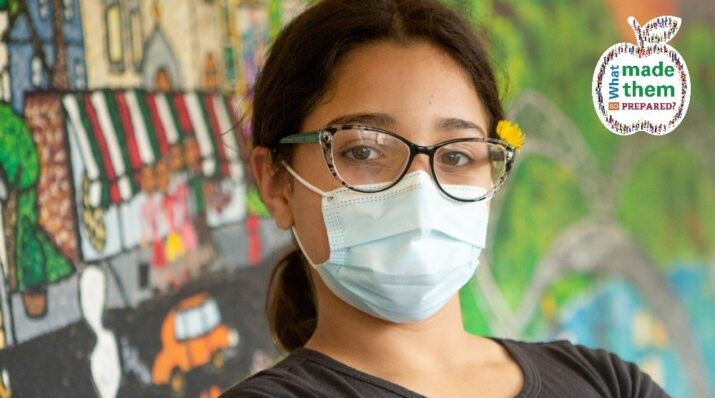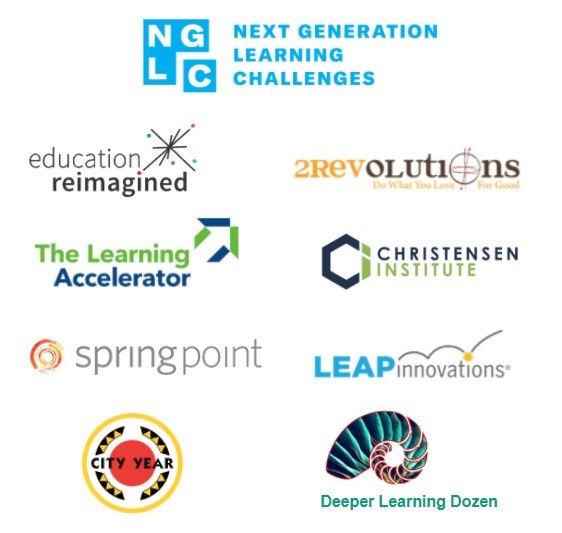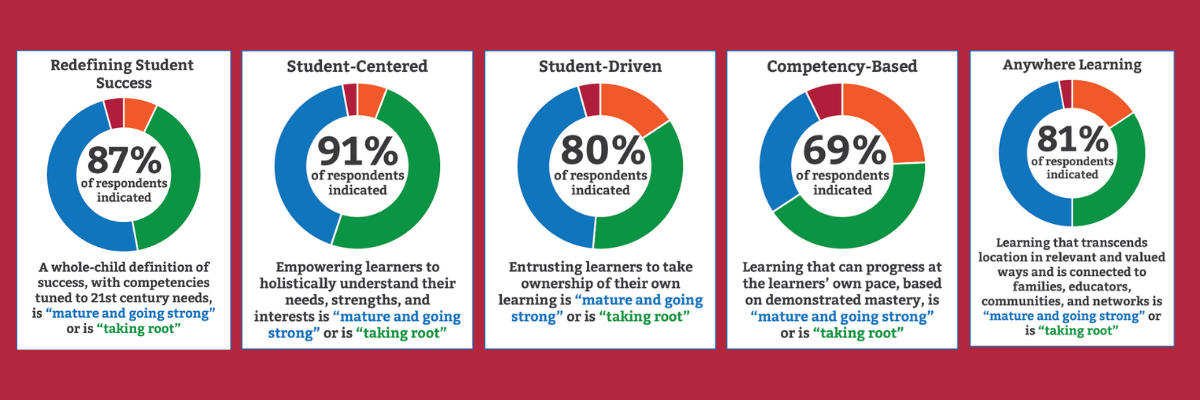
Project Partners
 What Made Them So Prepared is made possible by a generous grant from the Leon Lowenstein Foundation and was produced by nine organizations. Each organization is focused on advancing, through its own approaches and talents, student-centered learning.
What Made Them So Prepared is made possible by a generous grant from the Leon Lowenstein Foundation and was produced by nine organizations. Each organization is focused on advancing, through its own approaches and talents, student-centered learning.
Next Generation Learning Challenges | 2Revolutions | Christensen Institute | City Year | Deeper Learning Dozen | Education Reimagined | LEAP Innovations | The Learning Accelerator | Springpoint

Methodology and Participants
A total of 70 schools, districts, and charter organizations completed the project's survey in April-May 2021. They were invited to participate by the nine partner organizations. This purposeful sample selection was based on stories we were hearing anecdotally about innovative responses to COVID's challenges by the student-centered schools and districts in our various networks.

The survey was designed to learn about what made the participants prepared to face the challenges of COVID and understand what creative, adaptive resilience looked like for them. Through both multiple-choice and open-ended responses, the survey gathered information about their ability to shift effectively to pandemic learning, focusing on engagement in learning, quality of learning, equity & inclusion, health & well-being among students, and health, well-being, & support among staff. We also asked about the factors that were instrumental in adapting and pivoting effectively to the challenges presented by the pandemic.
Following the survey, the nine partners conducted more than 20 interviews with selected participants to further explore the shifts they made because of COVID and the factors that helped them do so effectively.
The participating schools and districts are not exemplars; they faced challenges and their pandemic learning models were not perfect. We do not have evidence that their response was better than others; we did not design this inquiry to be a comparative study. In fact, the project partners are convinced that every U.S. school and district has its own stories of creative, adaptive, human-centered response during this period, and that the sheer scale and intensity of the practice redesign that has taken place since March 2020 should make all of us rethink what’s possible in education.
The methods used were designed around the goal of gathering stories, absorbing the lessons about what helped these student-centered schools, and identifying strategies that any school or district can use to become more fully prepared. Not simply for the next global crisis, but more generally to be stewards for today's youth, so they can be deeply prepared to take on the challenges they will face over the course of their lifetimes.
For more on the project’s methodology and origins, see pages 21-23 of the research report.
Photo at top by Allison Shelley for EDUimages, CC BY-NC-4.0
